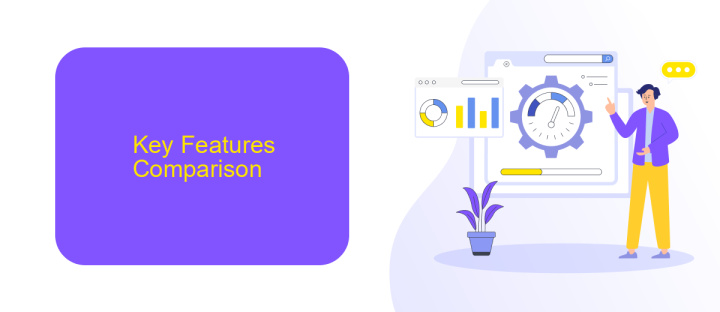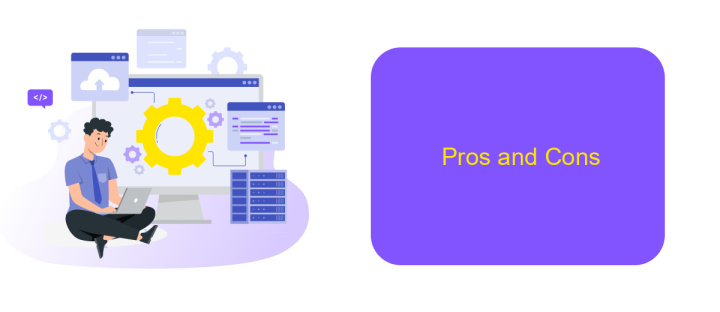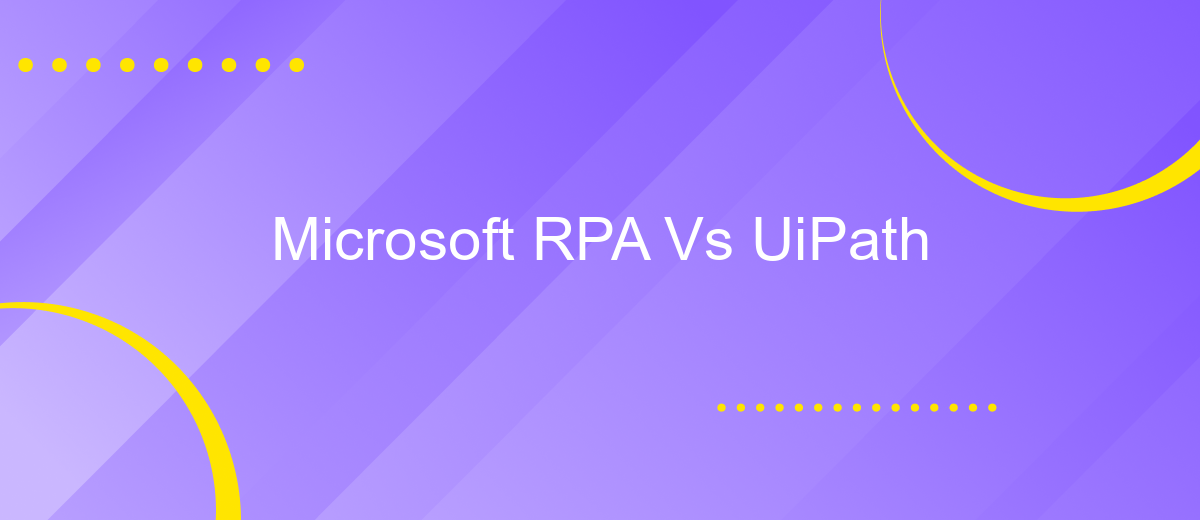Microsoft RPA Vs UiPath
Robotic Process Automation (RPA) has revolutionized the way businesses handle repetitive tasks, boosting efficiency and accuracy. Among the leading RPA tools, Microsoft Power Automate and UiPath stand out for their robust features and user-friendly interfaces. This article delves into a comparative analysis of Microsoft RPA and UiPath, highlighting their strengths, weaknesses, and ideal use cases.
Introduction
In the rapidly evolving field of Robotic Process Automation (RPA), Microsoft and UiPath have emerged as two leading platforms. Both offer robust solutions designed to automate repetitive tasks, increase efficiency, and reduce human error. However, choosing between them can be challenging due to their unique features and capabilities.
- Microsoft RPA: Known for its seamless integration with the Microsoft ecosystem, including Office 365 and Azure.
- UiPath: Renowned for its user-friendly interface and extensive library of pre-built automation components.
For businesses looking to streamline their workflows further, services like ApiX-Drive can be invaluable. ApiX-Drive simplifies the process of integrating various applications, allowing for smoother data flow and enhanced automation capabilities. Whether you are leaning towards Microsoft RPA or UiPath, understanding their strengths and how they can be augmented with integration services is crucial for making an informed decision.
Key Features Comparison

Microsoft RPA and UiPath offer distinct features tailored to different automation needs. Microsoft RPA, integrated within the Power Automate platform, provides seamless connectivity with other Microsoft services like Office 365, Dynamics 365, and Azure. It emphasizes ease of use with a user-friendly interface and extensive templates, making it ideal for businesses already invested in the Microsoft ecosystem. Additionally, the platform supports both attended and unattended automation, allowing flexibility in managing various tasks.
On the other hand, UiPath is renowned for its robust and extensive capabilities, catering to a wide range of industries. It offers advanced AI and machine learning integrations, along with a comprehensive suite of tools for process mining and analytics. UiPath's strong community support and extensive documentation make it a preferred choice for complex automation projects. For seamless integration with various third-party applications, services like ApiX-Drive can be utilized to streamline workflows and enhance efficiency, bridging the gap between disparate systems with ease.
Pricing Analysis

When comparing the pricing models of Microsoft RPA and UiPath, it is essential to consider various factors that influence the overall cost. Both platforms offer flexible pricing structures, but they differ in terms of licensing, scalability, and additional features.
- Microsoft RPA: Known for its integration with the Microsoft ecosystem, it offers a subscription-based pricing model. The cost varies based on the number of users, bots, and the level of support required.
- UiPath: UiPath provides a more modular pricing approach, allowing organizations to pay for only what they need. The pricing depends on the type of bots (attended or unattended), the number of licenses, and the additional services such as AI and machine learning capabilities.
Both platforms also offer integration services to enhance their functionalities. For instance, ApiX-Drive can be used to streamline integrations between different software, which can be a cost-effective solution for businesses looking to optimize their RPA workflows. Ultimately, the choice between Microsoft RPA and UiPath will depend on the specific needs and budget constraints of the organization.
Pros and Cons

When comparing Microsoft RPA and UiPath, it's essential to weigh the pros and cons of each platform to determine which best suits your organization's needs. Both platforms offer robust automation capabilities, but they also have distinct differences.
Microsoft RPA, a part of the Power Automate suite, integrates seamlessly with other Microsoft products, making it an excellent choice for businesses already invested in the Microsoft ecosystem. On the other hand, UiPath is known for its user-friendly interface and extensive community support, which can be beneficial for organizations new to RPA.
- Microsoft RPA Pros: Seamless integration with Microsoft products, extensive cloud capabilities, strong security features.
- Microsoft RPA Cons: Can be complex for non-Microsoft environments, higher costs for advanced features.
- UiPath Pros: User-friendly interface, strong community support, extensive training resources.
- UiPath Cons: Higher initial learning curve, potential compatibility issues with non-Windows systems.
For those needing advanced integration capabilities, services like ApiX-Drive can facilitate seamless connections between various platforms and applications, enhancing the overall efficiency of your RPA implementation. Ultimately, the choice between Microsoft RPA and UiPath will depend on your specific business requirements and existing technological investments.
Conclusion
In conclusion, both Microsoft RPA and UiPath offer robust automation solutions that cater to a variety of business needs. Microsoft RPA is deeply integrated with other Microsoft products, making it an ideal choice for organizations already entrenched in the Microsoft ecosystem. Its user-friendly interface and seamless integration with tools like Power Automate provide a streamlined experience for automating repetitive tasks.
On the other hand, UiPath stands out with its extensive range of features and flexibility, making it suitable for more complex automation requirements. Its strong community support and advanced capabilities, such as AI integration, give it an edge for enterprises looking for scalable automation solutions. For businesses seeking to enhance their automation workflows through third-party integrations, services like ApiX-Drive can be invaluable. ApiX-Drive simplifies the integration process, allowing for quick and efficient connectivity between various applications, further enhancing the capabilities of both Microsoft RPA and UiPath.


FAQ
What are the main differences between Microsoft RPA and UiPath?
Which platform is easier to use for beginners?
How does the pricing compare between Microsoft RPA and UiPath?
Can both platforms handle complex automation tasks?
What are the options for integrating these RPA tools with other applications?
Strive to take your business to the next level, achieve your goals faster and more efficiently? Apix-Drive is your reliable assistant for these tasks. An online service and application connector will help you automate key business processes and get rid of the routine. You and your employees will free up time for important core tasks. Try Apix-Drive features for free to see the effectiveness of the online connector for yourself.

